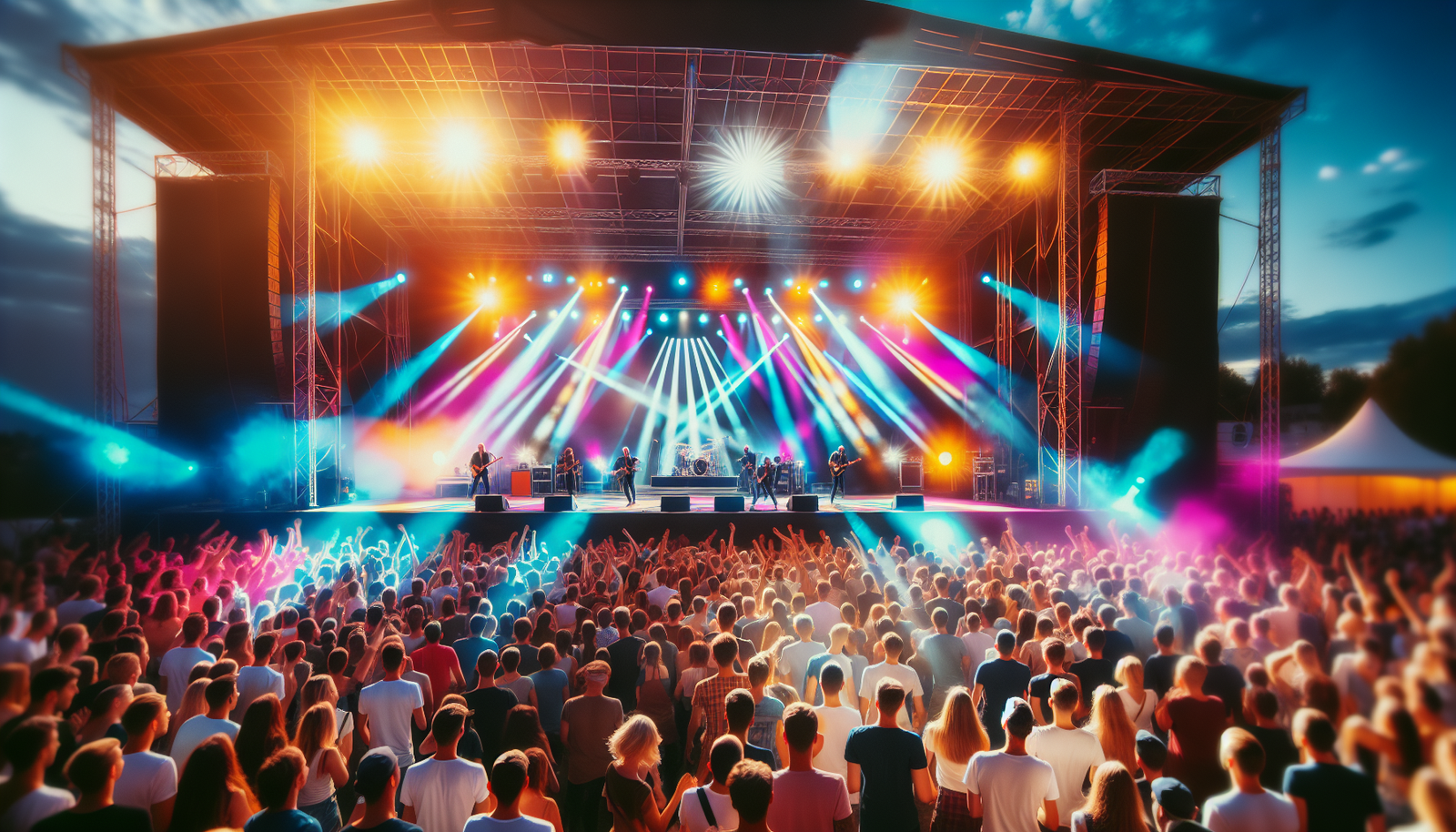In recent years, music festivals have evolved from simple gatherings of musicians and fans to immersive experiences that offer a multi-sensory delight. As the competition among festivals grows fiercer, organizers are driven to innovate, creating a new world of sound that captivates audiences in unprecedented ways. This transformation is marked by advancements in technology, creativity in programming, and a renewed focus on sustainability and inclusivity, promising an unforgettable experience for attendees.
At the forefront of this innovation is the integration of cutting-edge technology. Virtual reality (VR) and augmented reality (AR) have opened up new dimensions for festival-goers, allowing them to transcend the physical realm. Imagine donning a VR headset and being transported to the heart of a performance, experiencing a 360-degree view of the stage, or using AR to see visualizations of the music as you move through the crowd. These technologies not only enhance the auditory experience but also add a layer of interactivity that was previously absent.
Sound innovation is also taking place in the form of spatial audio technologies like Ambisonics and Dolby Atmos, which are being employed to create an immersive listening experience. This approach transports audiences into the music itself, where sound seems to come from every direction, enveloping them in a sonic embrace. Festival stages are being designed to accommodate these advancements, featuring multiple speakers strategically placed to create a surround sound experience that was once confined to premium cinema halls.
Moreover, the merging of live music with other art forms is reshaping the festival landscape. Collaborations between musicians, visual artists, dancers, and even culinary experts are becoming more common, presenting multidisciplinary performances that engage not just the ears but also the eyes, taste buds, and imagination. Picture a symphonic suite played synchronously to a captivating light show, or a DJ set augmented by a live graffiti artist painting a themed mural in real time.
Sustainability is another key consideration that modern festivals cannot afford to ignore. Many event organizers are proactively seeking ways to minimize their environmental footprint. Innovations include using solar-powered stages, eliminating single-use plastics, and implementing comprehensive recycling and composting programs. Some festivals even encourage ticket holders to arrive via public transit or shared rides, offering incentives to reduce carbon emissions. This commitment to ecological responsibility not only helps the planet but also attracts an audience that values sustainability in its entertainment choices.
Inclusivity, too, is at the heart of this new era. As the music industry becomes more aware of the importance of representation, festivals are ensuring diversity in their line-ups, offering platforms to underrepresented genres and artists. The result is a rich tapestry of sounds, from indie rock to afrobeat to electronic, reflecting a global musical ecosystem. Additionally, bespoke festival experiences are being curated for people with disabilities, ensuring that everyone can enjoy the magic of live music without barriers.
In conclusion, the music festival landscape is undergoing a remarkable transformation. By embracing technological advances, championing sustainability, and fostering inclusivity, festivals are crafting experiences that invite attendees to explore a new world of sound. This evolution not only makes festivals more exciting and accessible but also paves the way for a future where music can be enjoyed in refreshing and innovative ways. Whether you're a seasoned festival lover or a newcomer to the scene, the invitation is clear: step into this world of sound and let the music carry you to new heights.
